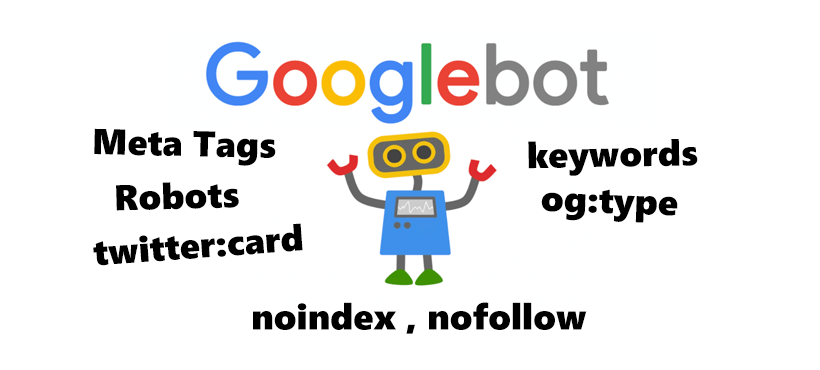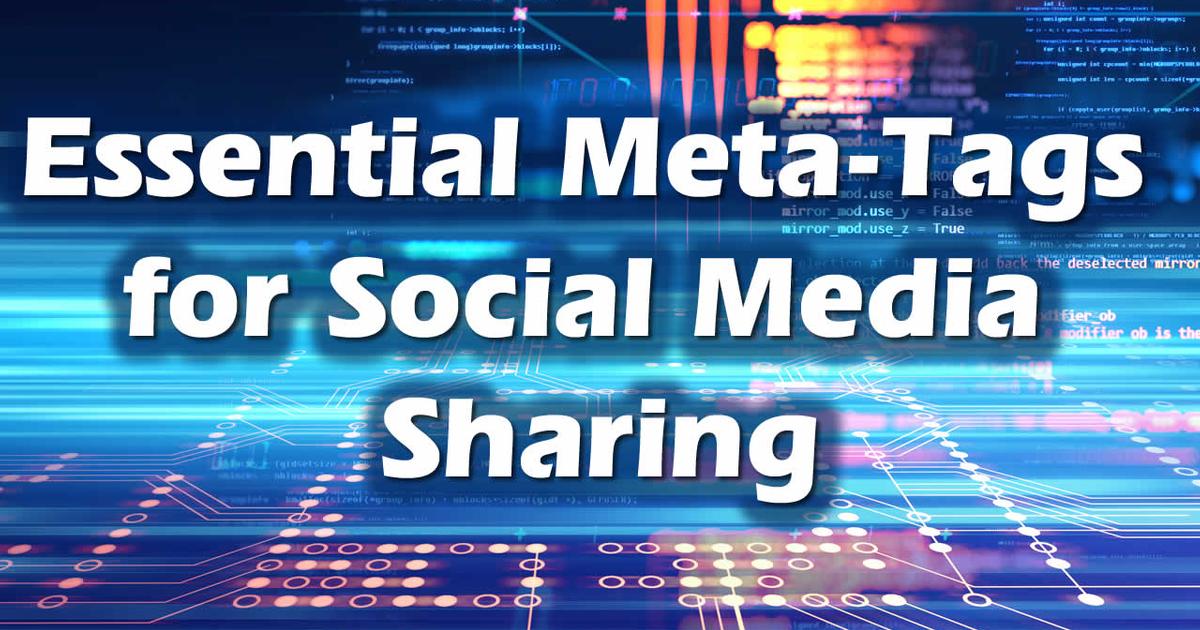

Here are some best practices to write title meta tags for your web pages.

Title tags are especially helpful when a user is shuffling between multiple tabs, as they can see the page title right on the browser tab. Title tags play a huge role in describing what a page is all about. Titles display on the SERPs (search engine results page) and on the browser tabs when browsing a website. These are one of the most important on-page SEO ranking factors, and an absence of one can significantly affect your search rankings.

Title tags are probably the most important meta tags as they can have a direct impact on your search rankings. Title tags are added to the "head" section of the HTML in the below sample format: Sample Title It helps the search engines, like Google, Firefox, and Safari, understand what your page's content is all about.
Media meta tagging code#
This is the first HTML element in your HTML code and specifies the title of the page.
Media meta tagging how to#
Here are the most important meta tags, with tips on how to write meta tags for SEO. You don't need to know about every meta tag to boost your SEO. However, not all meta tags are useful, and very few have an impact on SEO. Overall, meta tags form the first impression about your web page and its content and are essential both for SEO and user experience. Some tags, like the title and meta description, also help users understand your page's content better and can improve your click rates via the SERP. Meta tags help the search engines understand, and index your web pages better and can improve your organic search rankings. However, the title and tight summary you see on a SERP is often pulled from how the writer set up their title tags and meta descriptions. After all, that's the case with meta keywords. The phrasing "meta tag" makes it sound like these work behind the scenes away from reader's eyes.

Meta tags are essential to all search engines such as Google, Yahoo, Yandex, Duck Duck Go, and Bing. These three social media platforms all allow for the use of Open Graph og: meta tags, which means us developers only need to include each tag one time to fill in the data across all platforms.Meta tags are a part of the HTML code (HTML tags) for your website and describe any page's content to the search engine crawlers.
Media meta tagging full#


 0 kommentar(er)
0 kommentar(er)
